Energy is a key factor in combating climate change, one of the biggest challenges the world is facing today. India has committed to cutting emissions to net zero by 2070 and set ambitious targets for adopting renewable energy. Achieving these targets requires careful planning and an overhaul of our current energy system.
Our work aims at enabling policies that encourage the adoption of rooftop solar, facilitate the development of technology for energy storage, strengthen the grid and transmission infrastructure, advance hydrogen technologies, and promote green mobility. CSTEP's research looks at the various aspects of mainstreaming renewable energy for a cleaner, greener energy sector.
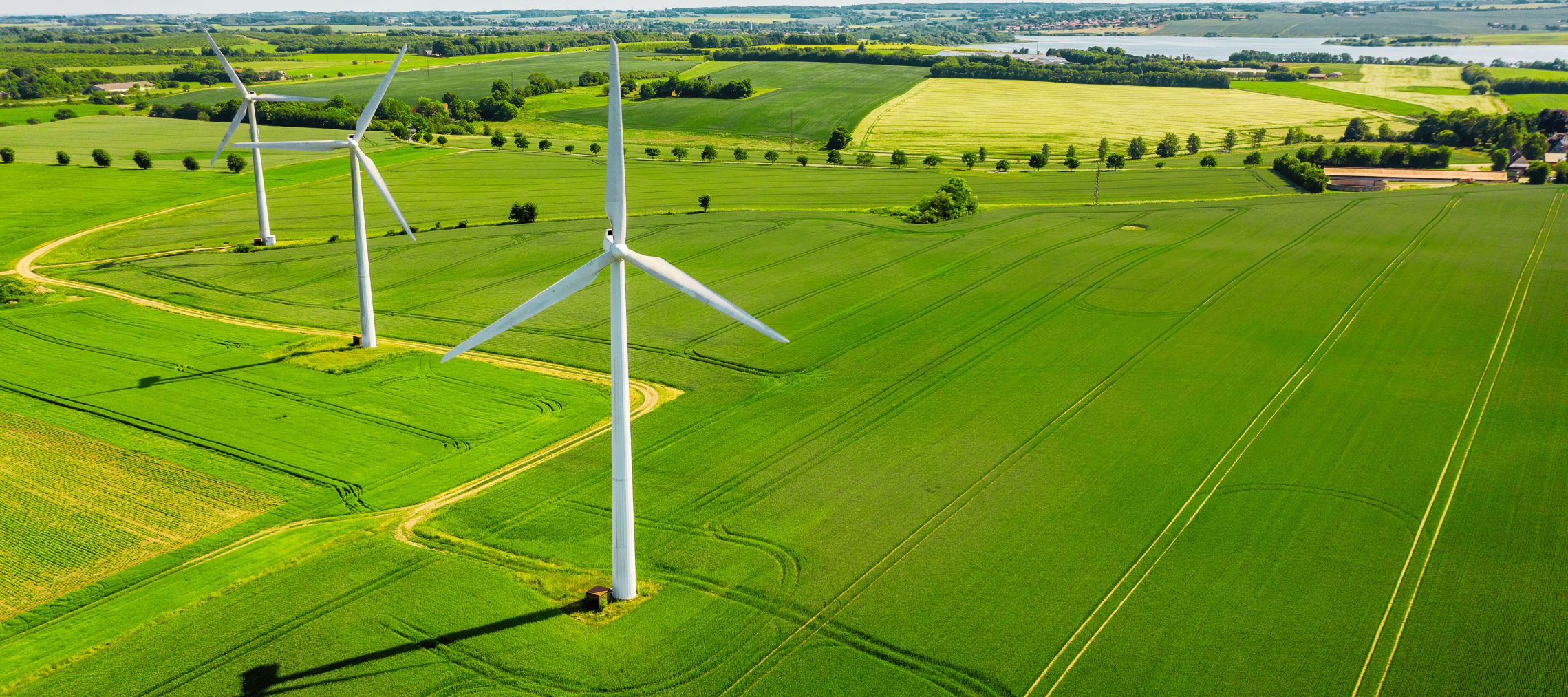
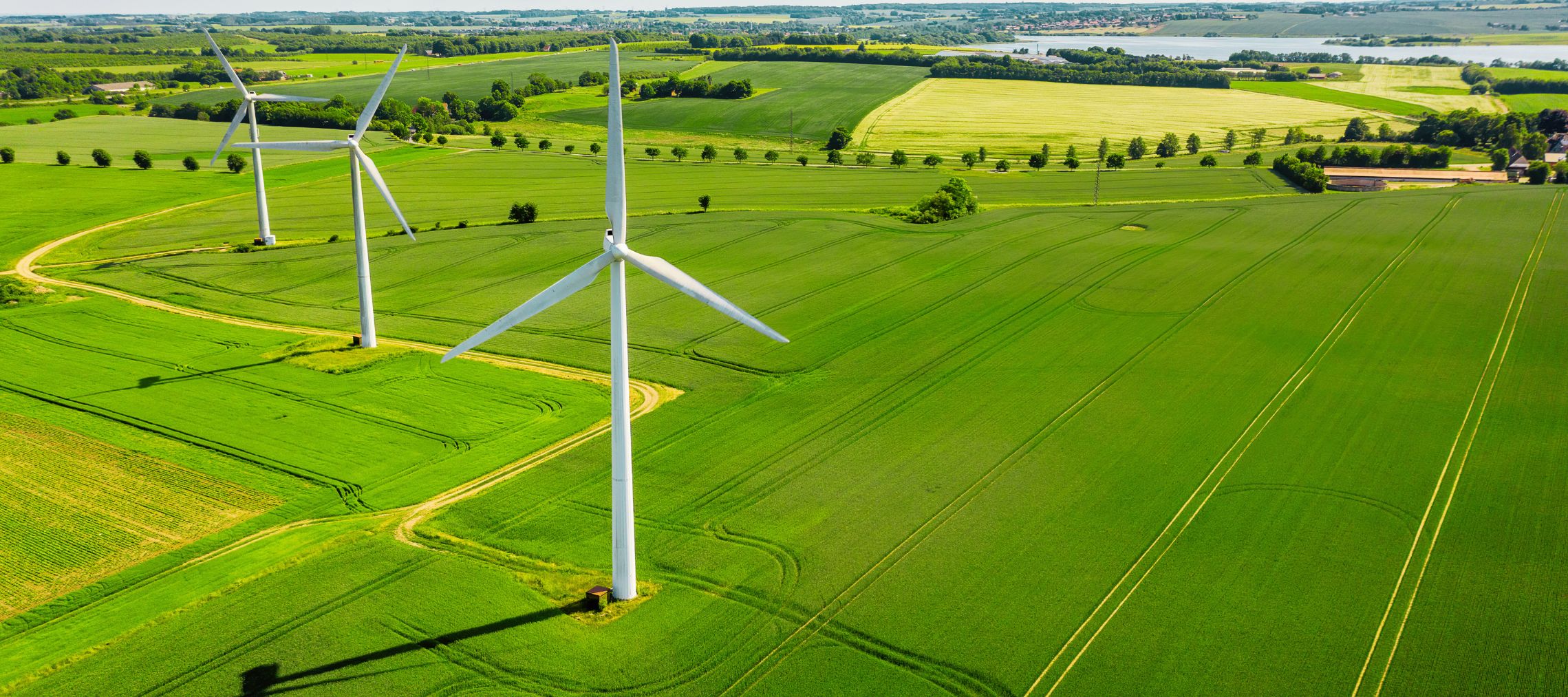

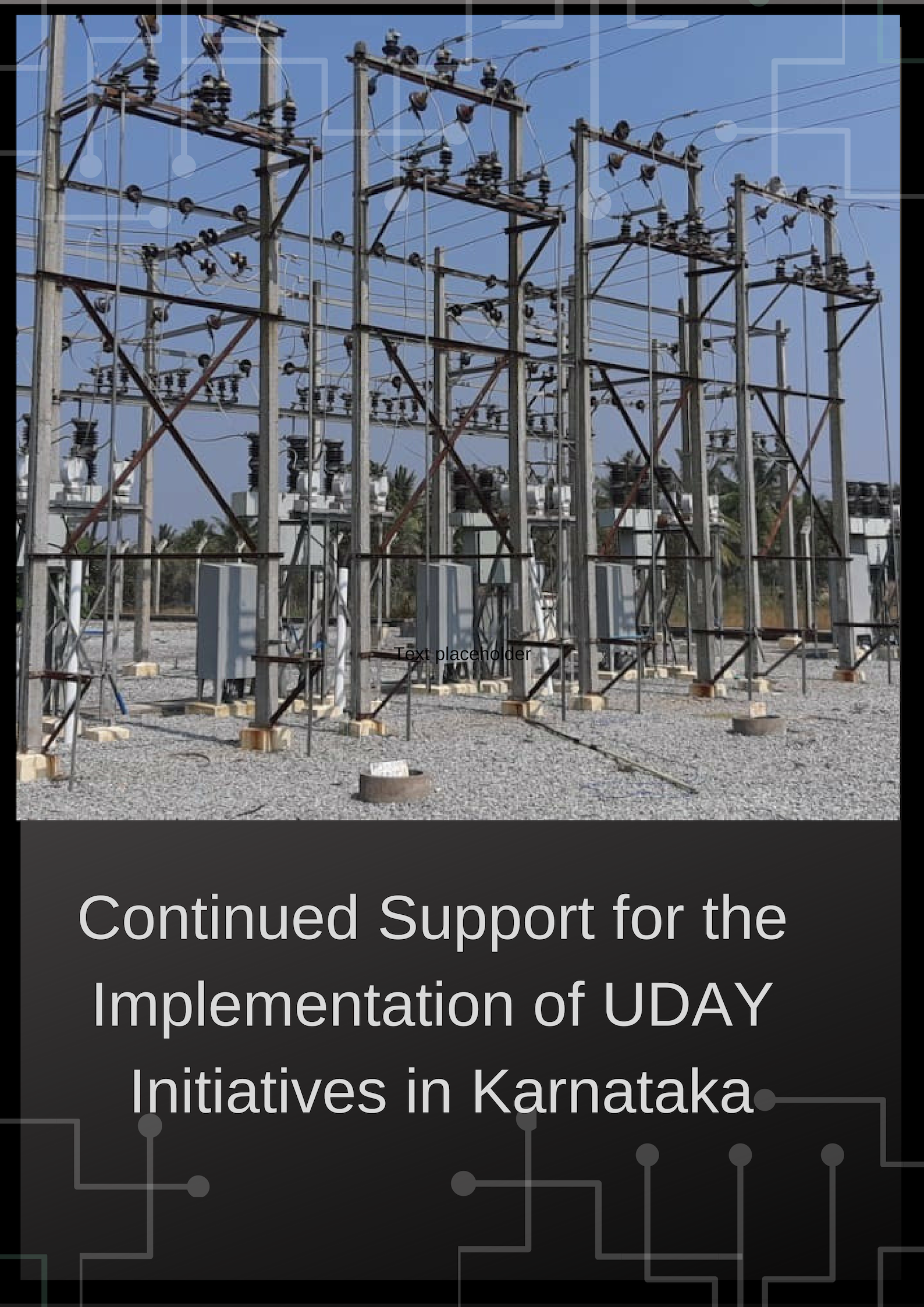
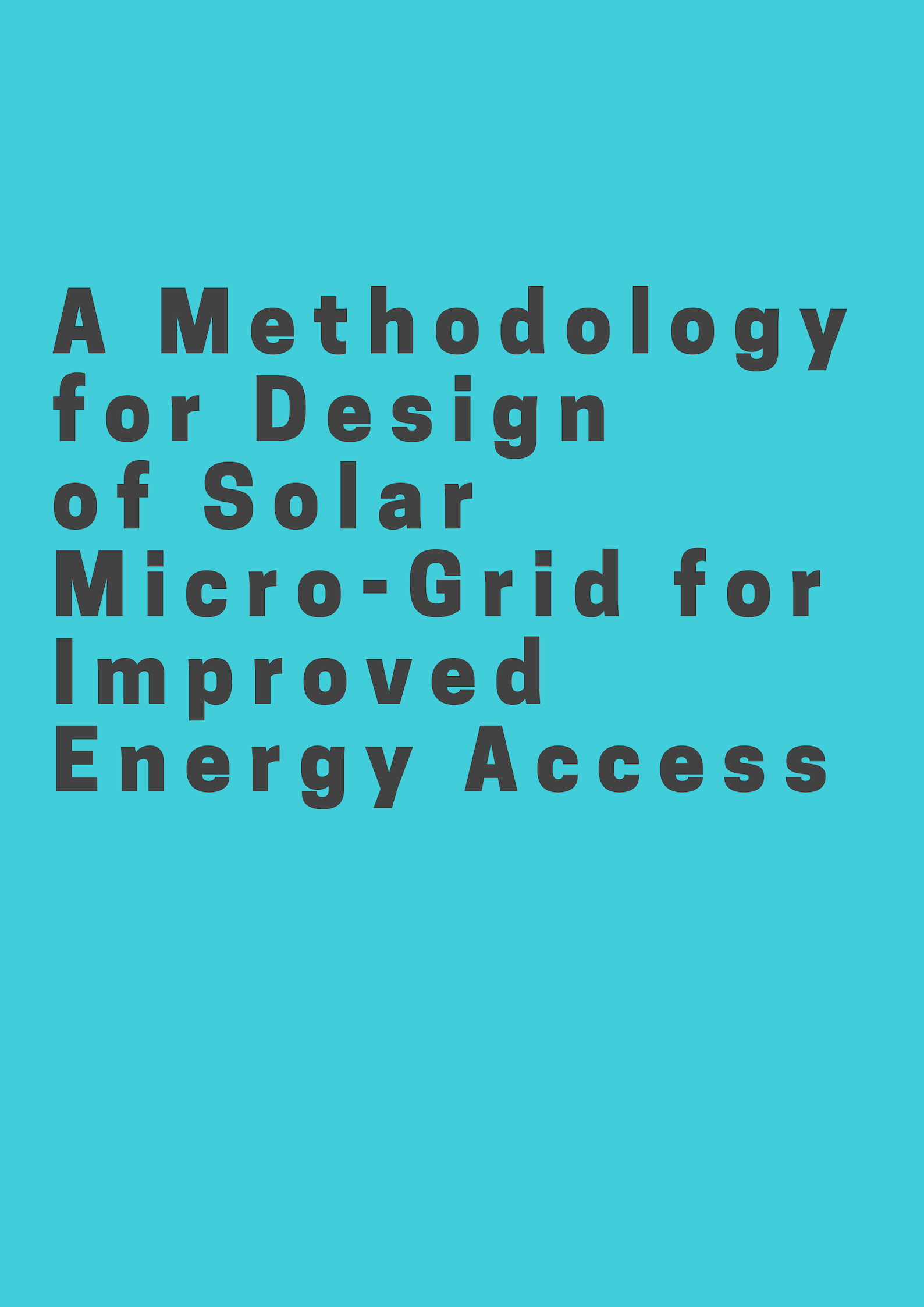
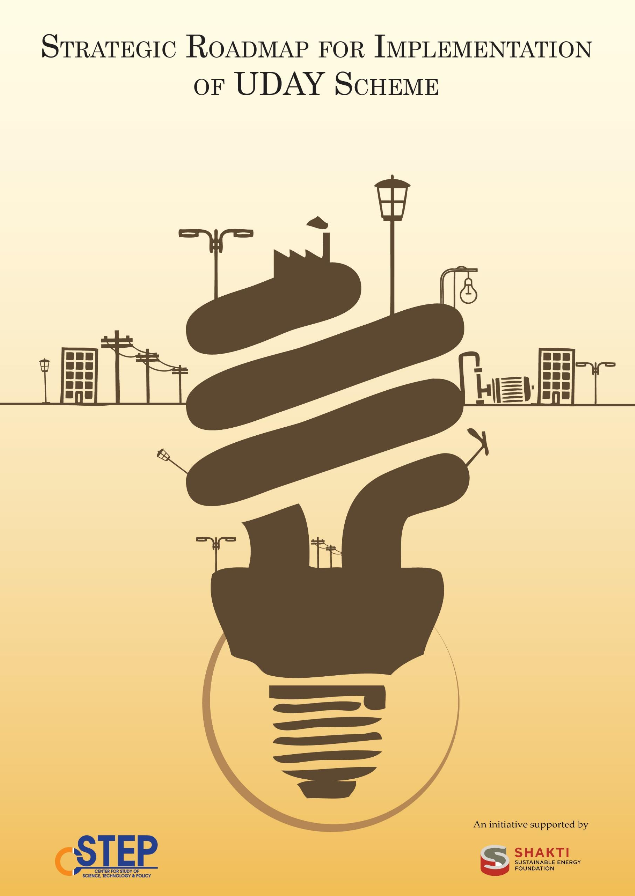
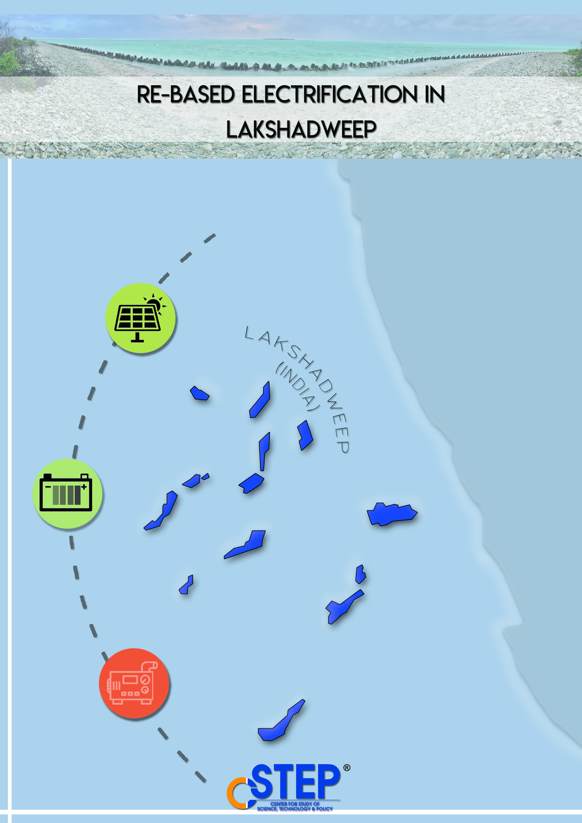
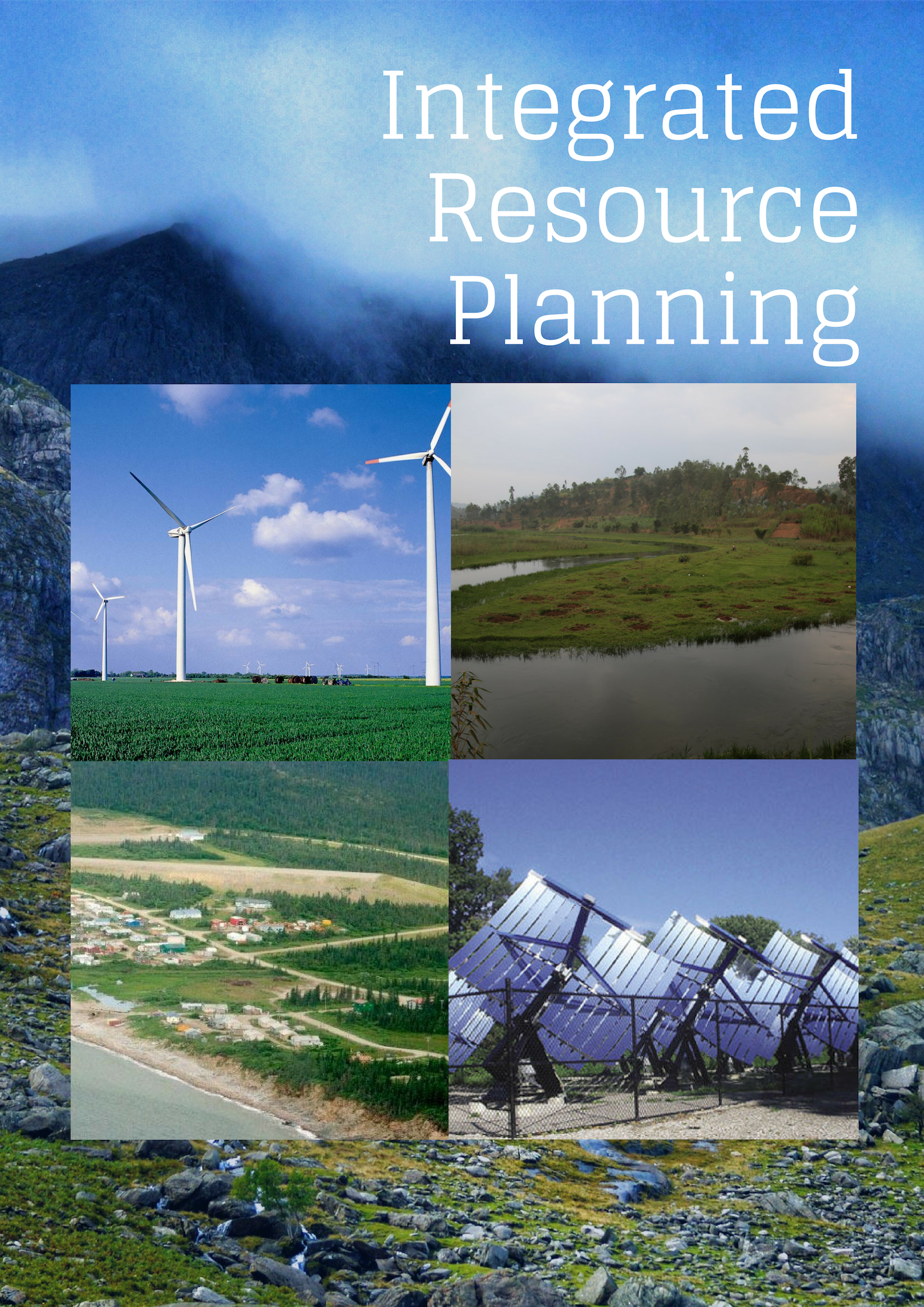





Options to Tie Solar Energy with Electric Vehicle Charging
A solar rooftop photovoltaic (SRTPV) system can be integrated with an electric vehicle charging station (EVCS) by installing panels within the charging station premises (on-site) or by sourcing the solar energy effectively from panels that are located outside (off-site) the premises via an electrical grid. Several pilot demonstrations that have been reported so far are primarily on-site systems.
Pumped-Hydro Energy Storage
With the high penetration of renewable energy in India, we require utility-scale storages such as pumped-hydro energy storage (PHES) systems to balance the grid. However, the growth of PHES has been tepid because of the high cost associated with the commissioning of PHES plants, the long gestation period due to delays in obtaining environmental clearances, and the low recovery from the existing PHES pricing mechanism.
Clean Energy for Clean Air
Public health concerns have grown tremendously during the past two years because of the pandemic. The outbreak has led to a significant loss of lives and has serious implications for public health.
Financially Solvent Utilities for Improved Energy Access
The Center for Study of Science, Technology and Policy (CSTEP) and Southern Voice organised a discussion on the financial challenges faced by utilities in making energy accessible to all. The recommendations from the discussion will feed into CSTEP's policy brief to be submitted to the United Nations (UN) Secretary-General.
A Hydrogen Economy Can Have Huge Dividends for India
According to Union Ministry of Statistics and Programme Implementation, India produced 15,311 petajoules of energy in 2020 of which 81% was derived from fossil fuels such as coal, oil, and natural gas. In fact, fossil fuels have been the fuel of choice for decades despite causing permanent damage to our environment.
ESG - An Ecological Commitment That Goes Beyond Pure Math
It is true that investors look to create wealth from their investments, and in the recent past, companies that created value for shareholders at any cost, in terms of share prices and dividends, were in prominence.
However, the trend is slowly changing and investors have started to look at companies that do well on the environmental, social, and governance (ESG) criteria. Companies that are environmentally benign, create social value, and are backed by robust governance mechanisms are in demand. Investors are now envisaging a future where ESG criteria play a major role.
Battery Technology Roadmap: What Are Some Emerging EV Battery Technologies and Compositions?
The performance of an electric vehicle (EV) is largely dependent on a battery and its materials composition. Battery selection is based on performance characteristics, such as energy and power density, life cycle, safety, charging/discharging rate, cost, etc. Currently, the market is dominated by Lithium-ion batteries (LiBs). The most prominent material compositions in LiBs are Lithium Nickel Manganese Cobalt (LNMC), Lithium Nickel Manganese Oxide (LNMO), and Lithium Iron Phosphate (LFP) as cathode materials and graphite as anode material.
